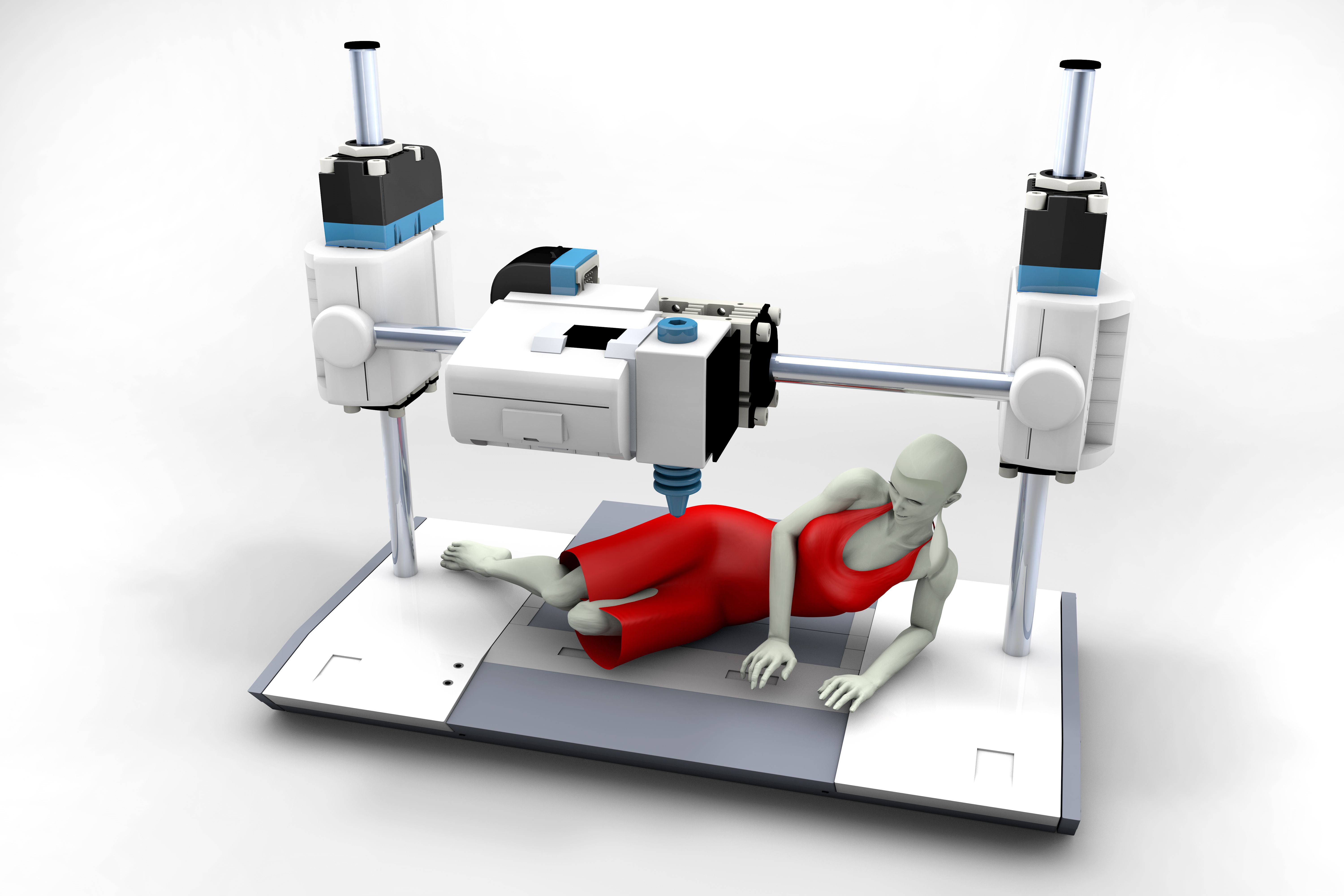The Future of Sports Underwear Manufacturing
The Evolution of Materials
As technology advances, the materials used in sports underwear are evolving at a rapid pace. Traditional cotton is being replaced by high-performance fabrics that offer better moisture-wicking properties, improved breathability, and enhanced durability. These new materials not only improve athletic performance but also provide greater comfort during intense workouts.
One of the most exciting developments is the use of smart fabrics that can monitor body temperature, heart rate, and even muscle activity. This integration of technology into sportswear is not just a trend; it's a glimpse into the future of personalized athletic gear.

Additionally, sustainable materials are becoming more prevalent. Manufacturers are increasingly turning to eco-friendly options like recycled polyester and organic cotton to reduce environmental impact. This shift not only meets consumer demand for sustainable products but also sets a new standard for the industry.
Innovative Manufacturing Techniques
Advanced manufacturing techniques are revolutionizing the production of sports underwear. 3D knitting, for example, allows for seamless designs that reduce chafing and improve comfort. This method also reduces waste, as it uses only the necessary amount of material, aligning with sustainability goals.
Moreover, additive manufacturing, commonly known as 3D printing, is making it possible to create customized sportswear tailored to individual body shapes and sizes. This personalized approach not only enhances comfort but also optimizes performance by providing the right support where it's needed most.

The use of robotics and automation in manufacturing is further streamlining production processes, leading to faster turnaround times and higher precision in product quality. As these technologies become more accessible, they are expected to become standard practice in the industry.
Consumer-Centric Design
The future of sports underwear manufacturing is increasingly focused on consumer needs and preferences. Brands are leveraging data analytics to understand consumer behavior and preferences better. This data-driven approach allows manufacturers to design products that cater specifically to the demands of their target audience.
Customization is becoming a significant trend, with more brands offering options for consumers to choose colors, patterns, and even specific features based on their preferences. This level of personalization enhances customer satisfaction and loyalty.

Additionally, virtual fitting rooms are emerging as a game-changer in the industry. These digital platforms allow consumers to try on clothes virtually before making a purchase, reducing the likelihood of returns and increasing confidence in the buying process.
The Role of Sustainability
Sustainability is playing an increasingly vital role in the future of sports underwear manufacturing. Consumers are more environmentally conscious than ever, and brands are responding by adopting sustainable practices throughout their supply chains.
This commitment to sustainability extends beyond materials and includes energy-efficient production processes, waste reduction initiatives, and ethical labor practices. Companies that prioritize these efforts are not only contributing to environmental conservation but also gaining a competitive edge in the market.

Looking ahead, the integration of circular economy principles—where products are designed for reuse and recycling—will likely become more commonplace, further reducing the industry's environmental footprint.
Conclusion
The future of sports underwear manufacturing is bright, driven by innovations in materials, production techniques, consumer-centric designs, and sustainability practices. As these trends continue to evolve, they will shape an industry that is not only more efficient and technologically advanced but also more aligned with consumer values and environmental responsibility.
For athletes and active individuals, these advancements promise enhanced performance, comfort, and style in their sportswear choices. As manufacturers embrace these changes, they open up a world of possibilities for the future of athletic apparel.
